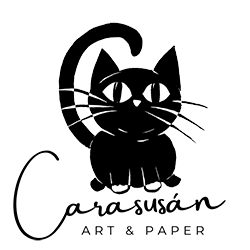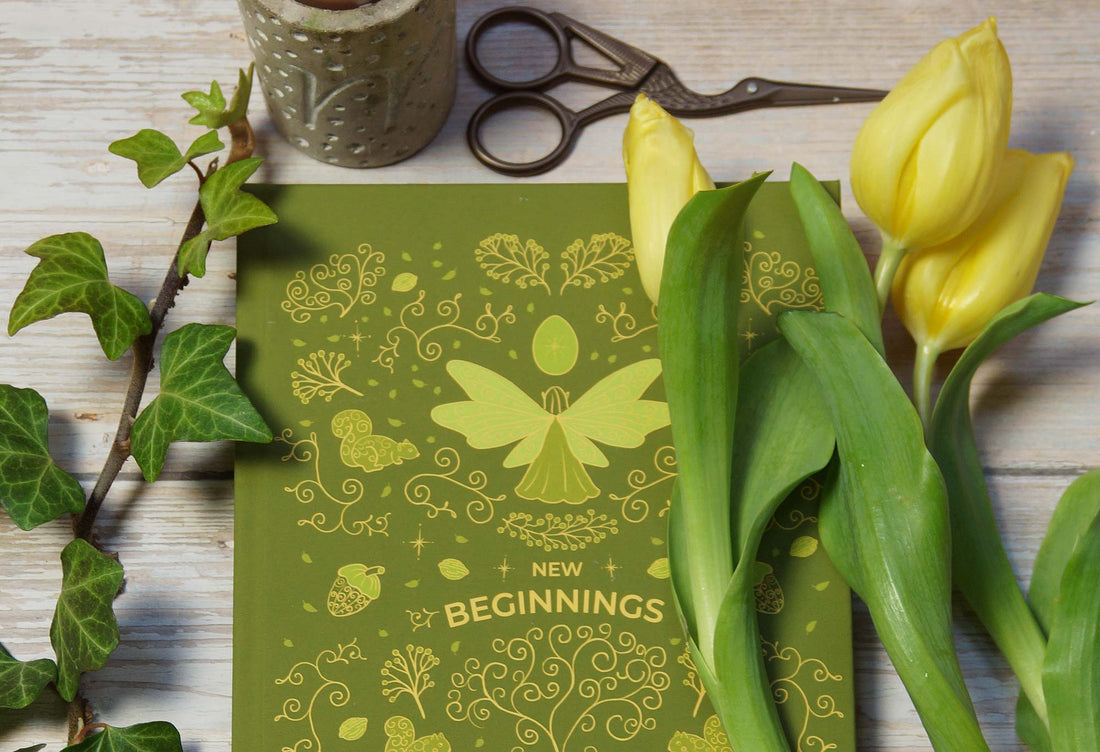As the Wheel of the Year turns, we welcome Ostara, the festival of balance, renewal, and fertility. Celebrated on the Spring Equinox, Ostara is a time when day and night are equal, symbolizing harmony between light and dark, inner and outer worlds, and new beginnings. It’s a season of awakening, where nature bursts into bloom, animals emerge from hibernation, and the energy of rebirth fills the air.
The Origins of Ostara: Goddess Eostre & the Spring Equinox
Ostara is an ancient Pagan festival that marks the Spring Equinox, the time of year when day and night are equal, symbolizing balance, renewal, and growth. This sacred time has been celebrated for centuries as a turning point in the Wheel of the Year, ushering in longer days, warmer weather, and the return of fertility to the land.

Ostara & the Goddess Eostre
The name Ostara is believed to be linked to the Germanic goddess Eostre (or Ēostre), a deity associated with dawn, fertility, and the rebirth of nature. According to the 8th-century monk Bede, the early Anglo-Saxons held a festival in her honor during the spring season, celebrating the return of life after the long winter. While historical evidence about Eostre is limited, many modern Wiccans and Pagans recognize her as a goddess of new beginnings, transformation, and the cyclical nature of life.
One of the most famous legends about Eostre tells of how she transformed a bird into a hare, which then laid colorful eggs—an image that strongly resembles modern Easter traditions. This connection between hares, eggs, and fertility continues to be central to Ostara celebrations today.

Ostara’s Connection to Easter
Ostara and the Christian holiday of Easter share many symbolic themes, as both focus on rebirth, renewal, and new life. While Easter is celebrated as the resurrection of Jesus Christ, it is believed that early Christianity incorporated older Pagan spring festivals into its own traditions to make conversion more seamless for those who followed nature-based religions.
Many Easter customs have deep Pagan roots, including:
- Eggs – A universal symbol of fertility, new life, and rebirth, eggs were used in ancient spring rituals long before they became part of Easter traditions.
- Hares & Rabbits 🐇 – The Easter Bunny is a modern version of the sacred spring hare, which was associated with the goddess Eostre and fertility in pre-Christian Europe.
- Springtime Celebrations – Just like Ostara, Easter occurs in the season of renewal, when flowers bloom and animals give birth, reinforcing themes of hope and resurrection.
Even the name “Easter” may have been derived from Eostre, although some scholars debate this theory. Regardless, the similarities between Ostara and Easter reflect a deep, shared reverence for the power of nature’s renewal and the promise of new beginnings.
Ostara Journaling Practice
Unlike Easter, which moves based on the lunar calendar, Ostara is always celebrated at the Spring Equinox—when day and night are in harmony. This makes it a perfect time to:
- Reflect on balance in our own lives.
- Set intentions for personal growth and renewal.
- Honor the fertile energy of the earth and its cycles.
In modern Wiccan and Pagan traditions, Ostara is celebrated with rituals, altar decorations, feasts, and seasonal journaling.
To make this season even more magical, I’ve designed a special Ostara-themed journal, inspired by the symbols of the Spring Equinox. Featuring spring elves and eggs, this journal reflects the themes of fertility, transformation, and fresh starts, making it a perfect companion for your seasonal journaling practice.


